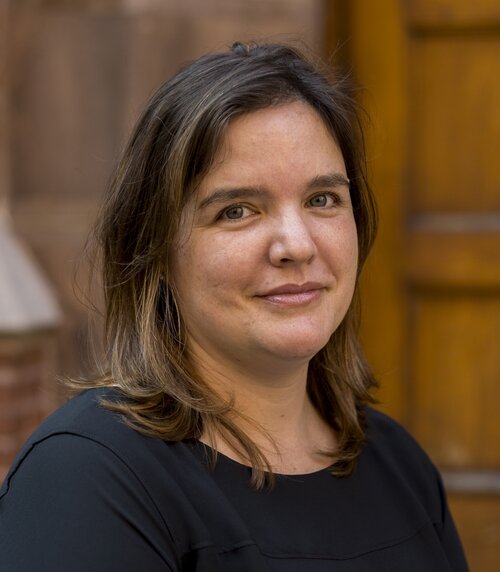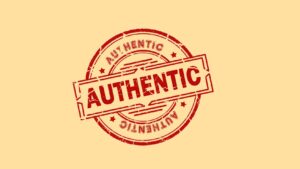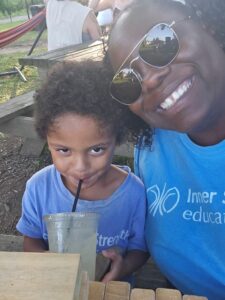Inner Strength tries to embody our mission statement every day and meet the needs of our students in an informed, relevant, and culturally aware manner. In order to do that, sometimes it’s necessary to become a student too, continually learning, adapting, and opening ourselves up to our own changes of developmental perspective. A part of this is recognizing how much our understanding of the present can be enriched from learning about the past.
I’ve always considered myself to be a lifelong learner, particularly in historical contexts. My colleagues are in the schools every day, witnessing inequalities, disparities, and lack, particularly in minority populations. And as a minority myself, who is not originally from the city, I wanted to better understand the historical legacy of Philadelphia schools and students. Others did as well, so ISE Director of Education Julie Coopersmith enlisted the help of Dr. Erika Kitzmiller, a Carver High School researcher, Barnard professor, historian, and author of The Roots of Educational Inequality: Philadelphia’s Germantown High School, 1907 -2014. Our whole team met with her on Friday, April 22nd for an intense, enlightening, and incredibly informative two hours.
From the very beginning (in the early 1900s), socioeconomic status, race, and gender informed the kinds of opportunities – and access to those opportunities – that were available to Philadelphia’s citizens. Simply put, there were glaring inequalities. Exacerbated by the 1929 stock market crash, school enrollment increased, while the ability of homeowners to pay real estate taxes – the school district’s main source of revenue – decreased. To compensate, city and school officials slashed educational and recreational programs to make up for the deficit. Some schools were able to raise additional funds through private funding, but the rest of the city’s schools did not have that safety net. Sounds just a little familiar.
In 2022, the School District of Philadelphia still faces hurdles of underfunded and under-resourced schools, the majority of which adversely affect the city’s BIPOC, immigrant, and lower-income students. But now we understand more about how we got here. And while we cannot change the past, we can certainly learn from it.
We can learn how to better serve our students, hear their voices, and meet them where they are.



